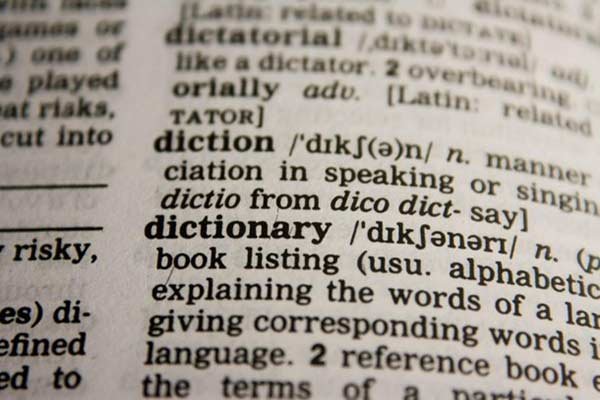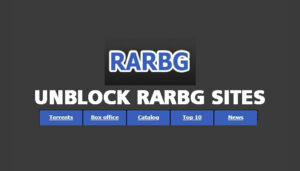
Today, almost every business has expanded its operations in diverse regions, with the world becoming a global village. Due to this, the need to establish cross-border communication is increasing. Previously, communicating via hired translators used to be challenging and costly. Furthermore, the chances of human errors in translation could result in heavy damage to one’s business. Thus, to significantly reduce the extensive communication gap, modern technology now offers various interpretation tools and translated communication that reduces the probability of error to a negligible degree.
The costs of errors due to inadequate or wrong translation are not just financial. Bad communication can result in a disaster for the business that could come from legal exposure or reputation loss. Therefore, understanding the cultural disciplines and accordingly conducting effective communication is an utmost priority.
This article will provide you with crucial information regarding the modern translation methods used across the world trade system. Besides, you will learn how to efficiently utilize this technology to optimize your business with localization aspects.
-
ESTABLISHING A GLOBAL REACH
Currently, most of the translating platforms represent only a specific portion of the world. They exclude several languages spoken across the globe and focus primarily on the developed world. However, Language Service Providers are trying to take the number of languages supported by translation technologies beyond 40. However, it is a tedious project that demands high-cost justification in several prospects. For most enterprises, embedding more languages into their system is not a smart move as the demand for languages used by a fraction of the population is not exclusive. Moreover, the estimated translation rates for incorporating one additional language throughout the system are millions of dollars that will only increase due to constant maintenance and support requirements.
New research in this sector approves of an alternate remedy, which uses cloud-based platforms for high capacity machine translation with improved productivity. This feature has opened a new realm in the shape of long-tail markets, multiplying with lesser concerns regarding deployment and cost bearing. Furthermore, with advanced AI tools, translation technologies will efficiently meet the financial ends, thus maintaining low prices for special services. It will also enable providers to keep good revenue margins through personalized ads in new target regions, eventually improving the volume of demand relative to economics.
-
LOCALIZATION
In response, corporations and SMEs are spending a significant chunk of resources to ensure flawless communication across their entire operations network, including agents, customers, and government bodies. Also, to boost intercontinental trade, it is essential to set-up a strong understanding of diverse trading partners. It evolves the business through localizations.
While implementing localization, your business needs translation technologies to align your product or services with the local community and logistics. Localization used to be a complicated and costly process. It involves translating text & audio material, modifying product-related documents to local conventions, and complying with the region’s regulatory authorities. However, the advent of the latest translation technologies made the entire process far more convenient and less costly.
-
AI-BASED MACHINE TRANSLATION
The incumbent use of Artificial Intelligence with advanced Machine Learning has made cost-effective and accurate translation a significant opportunity. Amidst rapid globalization, automated communication and translation platforms, such as Google Translate, Amazon, and Microsoft Translate, have shown remarkable improvements in ensuring accuracy. One of the breakthroughs contributing significantly to this leap is the Neural Machine Translation Algorithms. NMTAs base their learning on extensive data on popular search engines, social media platforms, and e-commerce web pages.
However, one significant segment that banks a lot on communication is B2C websites. The fully automated translation systems are now focusing on producing an instant translation of entire web pages in widely spoken languages. Typically, AI tools like Google Translate offer these services free and rely on ads generated revenue. Although the users are happy with the free translations, there will be a time when increasing competition among translation technologies will demand more accuracy to maintain public popularity.
-
NICHE-SPECIFIC TRANSLATION
Integrating translation technologies with custom domains opens up a new aura of opportunities. The ability to interpret the context of vocabulary precisely in-line with its territory can revolutionize the entire translation industry. For example, a particular body of text may pertain to medical purposes, describing a crucial medical procedure, or a set of instructions for hospital staff or management. So, in the context of pathology, the term ‘protocol’ indicates a standard approach to treat a disease or condition. Similarly, when used in the pharma sector, ‘protocol’ applies to instructions, followed by administering a particular drug dosage. On the contrary, in telecommunication, the same word ‘protocol’ has a different context. It refers to the route and exchange of data between two stations or companies.
As time progresses, more and more subject-based documents will get digitized to boost the demand for fact-checking, relevance, and accuracy in communication. Therefore, to bridge the gap for domain-specific translations, investment in translational technologies based on big data is the devoir of the era.
-
GENERALIZED VOCABULARY
Companies operating in diverse segments within the same industry may utilize semi-specific words to address their matters. For instance, many industry sectors have a similar usage of vocabulary when it comes to project management. Words such as ‘resource’ or ‘dependency’ get regarded in the same context throughout the business sector and healthcare management.
Translational technology vendors, particularly those transitioning to delivering contextualized data through cloud-based platforms, are AI training of extensive data. Although the process in time taking requires immense data evaluation and integration, the results will have a tremendous impact on the global markets.
CONCLUSION
Rapid improvement in translation technologies like Google Translate and others have lowered the cost of output and reformed the B2C market with better accessibility. The evolving need for niche-specific translation and optimum accuracy holds an excellent future for translation technologies. For this reason, business analysts pay a great emphasis on the localization of translation technologies to sustainable levels employing smart investment initiatives.


